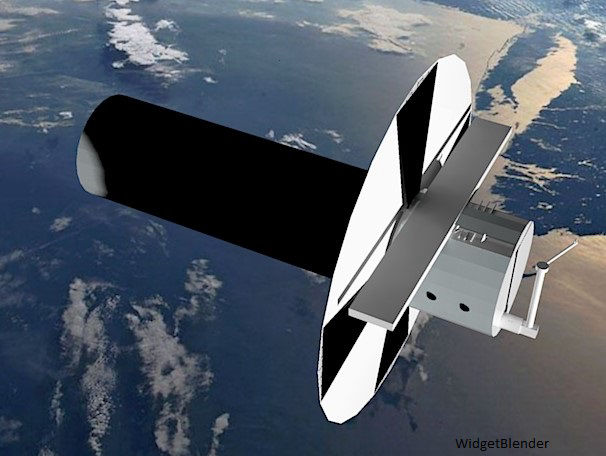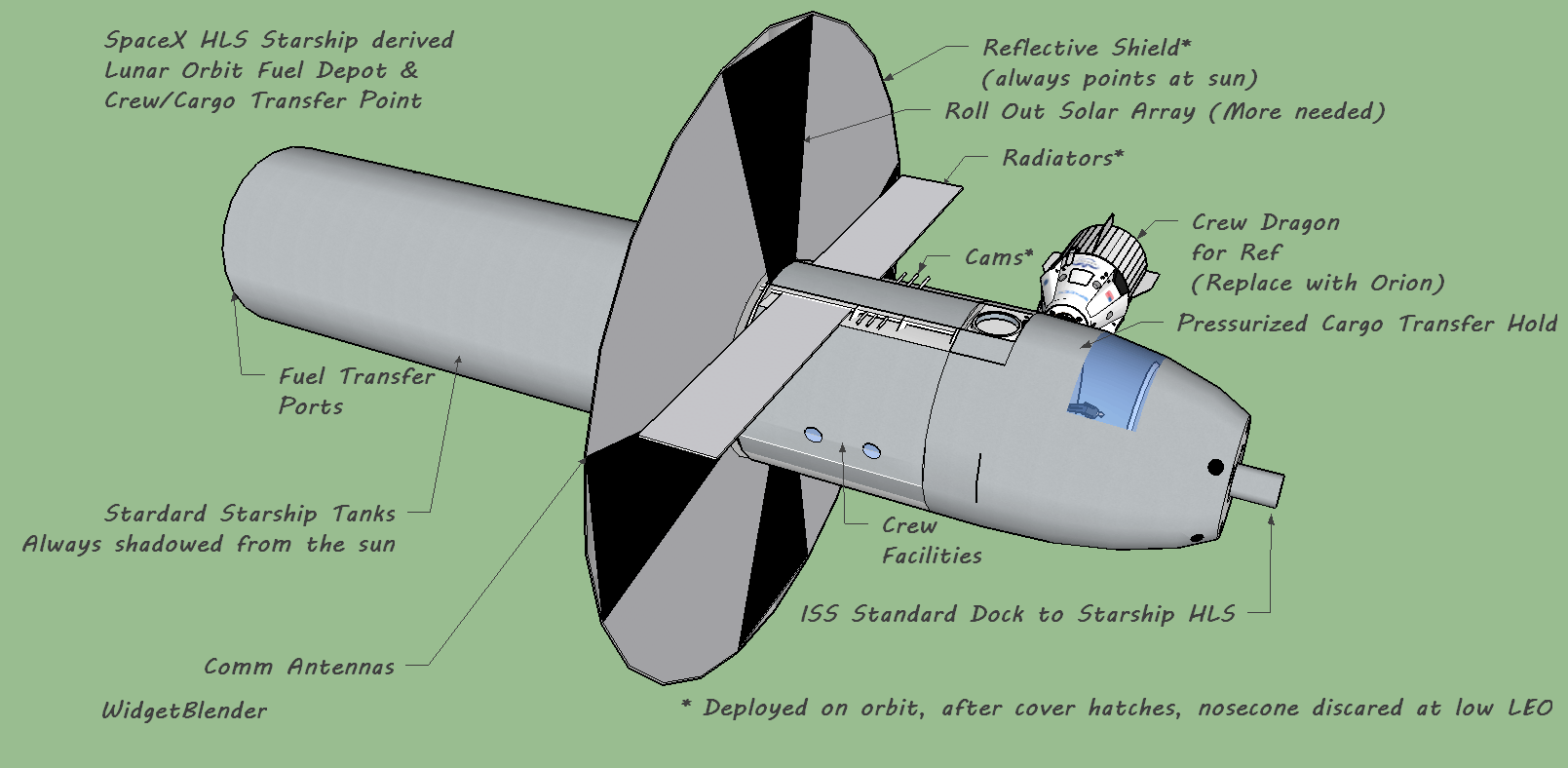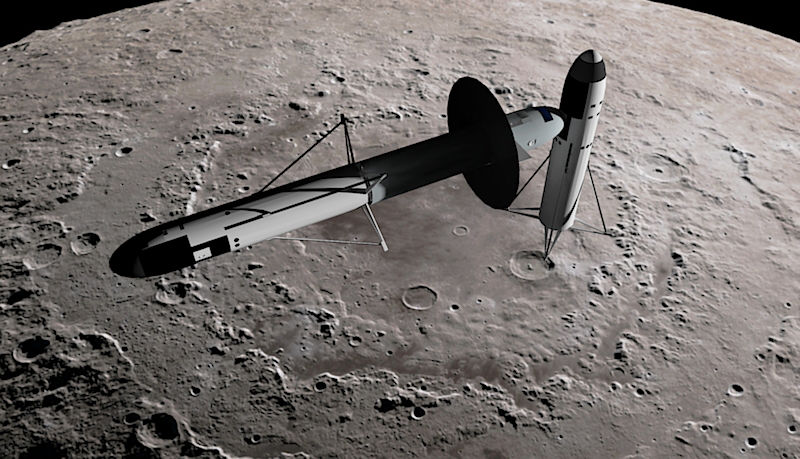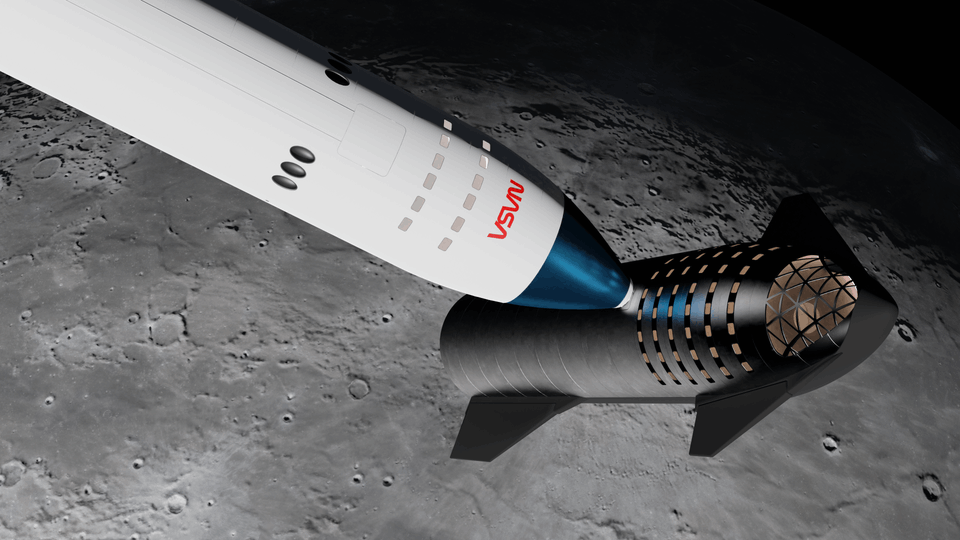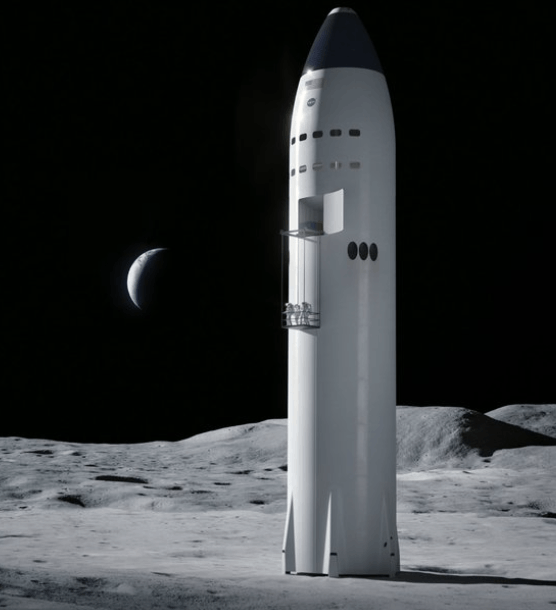
HLS Starship SpaceX Render image credit: SpaceX
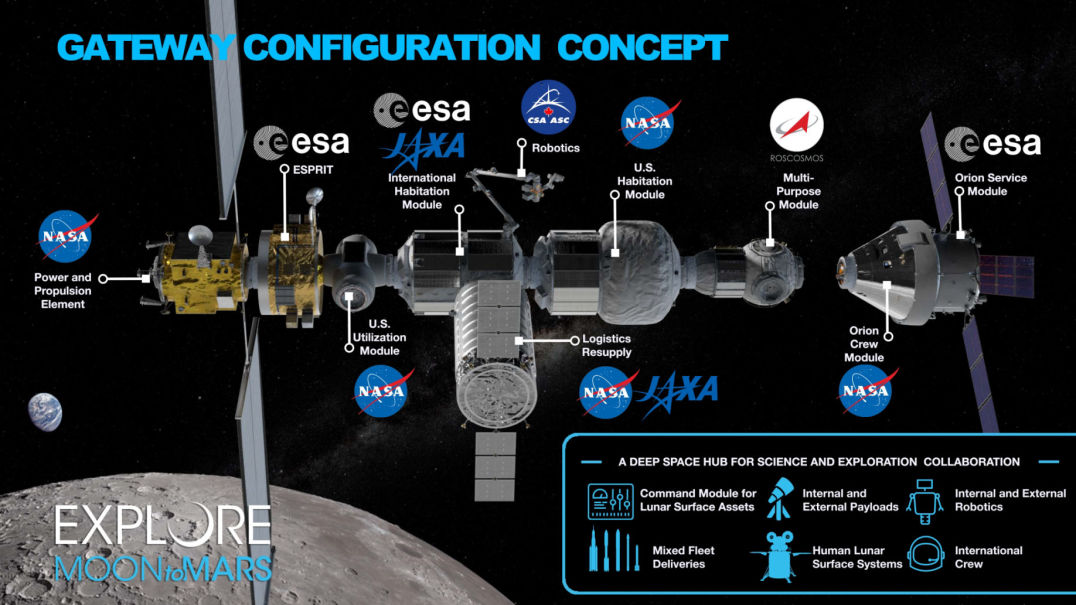
First, Artemis (see Wikipedia article here) is very complex yet underfunded, requiring voluntary contribution from many nations that in turn employ many contractor and sub-contractors for critical elements as the following graphic shows (and that's just for Gateway and Orion). Also add on SLS (Boeing and others) for launches. Each of these nations and organisations need to maintain (taxpayer) funding to have a hope of delivering on time. A SpaceX solution for non-SLS and non-Orion components would be all under one manager/integrator/private funder. Much lower risk and faster to solution. image credit: NASA
